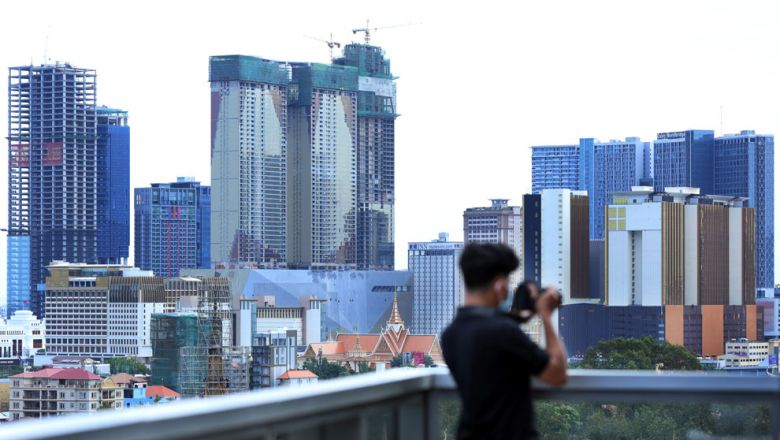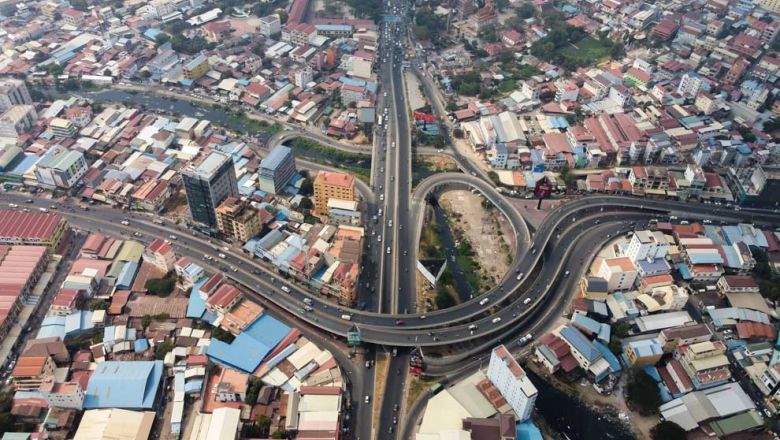Clear guides for RCEP benefits still elusive
Clear guides for RCEP benefits still elusive
Clearer, more detailed guidelines on rules of origin criteria will unlock huge economic benefits for exporters and businesses from the Regional Comprehensive Economic Partnership (RCEP) that entered into force in Cambodia on January 1, officials and insiders said.
This was the general consensus that emerged during a virtual discussion on RCEP rules of origin and applicable trade concessions, hosted by the Jakarta-based Economic Research Institute for ASEAN and East Asia (ERIA) on February 10.
The event was attended by Ministry of Commerce officials, economists, and representatives of the Asian Trade Centre and other private sector stakeholders.
“Rules of origin” are the criteria required to ascertain the national source of a product, according to the World Trade Organisation. “Their importance is derived from the fact that duties and restrictions in several cases depend upon the source of imports.”
The ministry has observed a material increase in interest towards the trade deal in the month since it came into effect, secretary of state Sim Sokheng pointed out.
“The agreement will further deepen economic integration in the region and boost economic growth,” he said noting that the pact would boost Cambodia’s gross domestic product (GDP) an additional two per cent, increase exports by an extra 7.3 per cent and raise investment by an added 23.4 per cent.
Asian Trade Centre executive director Deborah Elms said that a clear understanding of RCEP rules of origin would bring major benefits to private businesses intending to export goods, and smooth trade among signatories, which include some of the biggest buyers of Cambodian merchandise and that of other members.
She underlined that the RCEP also aims to encourage mutual investment, and is not exclusively centred on goods imports and exports.
Government senior economic adviser Sok Siphana said gaining a valuable insight into the ins and outs of the RCEP is no easy task for the private sector.
By his own admission, he spent three months scrutinising the agreement to obtain a sound understanding, especially on regulations concerning rules of origin and tax incentives.
“The Ministry of Commerce and the [Cambodia] Chamber of Commerce should push to get the word out on the [RCEP’s] conditions and principles for rules of origin to private companies in a clear and understandable way,” Siphana said.
The RCEP, an ASEAN initiative, is the world’s largest free trade agreement (FTA), signed by 15 Asia-Pacific countries on November 15, 2020, around eight years after negotiations formally launched in Phnom Penh.
The signatories to the pact are the 10 ASEAN countries and Australia, China, Japan, New Zealand and South Korea.
The deal has a combined GDP to the tune of $26.2 trillion or 30 per cent of world GDP, engages 2.2 billion people or 30 per cent of the world’s population, and accounts for about 28 per cent of global trade.















